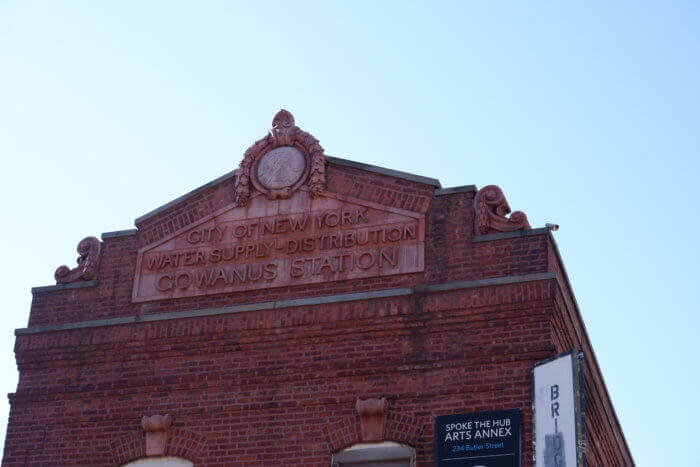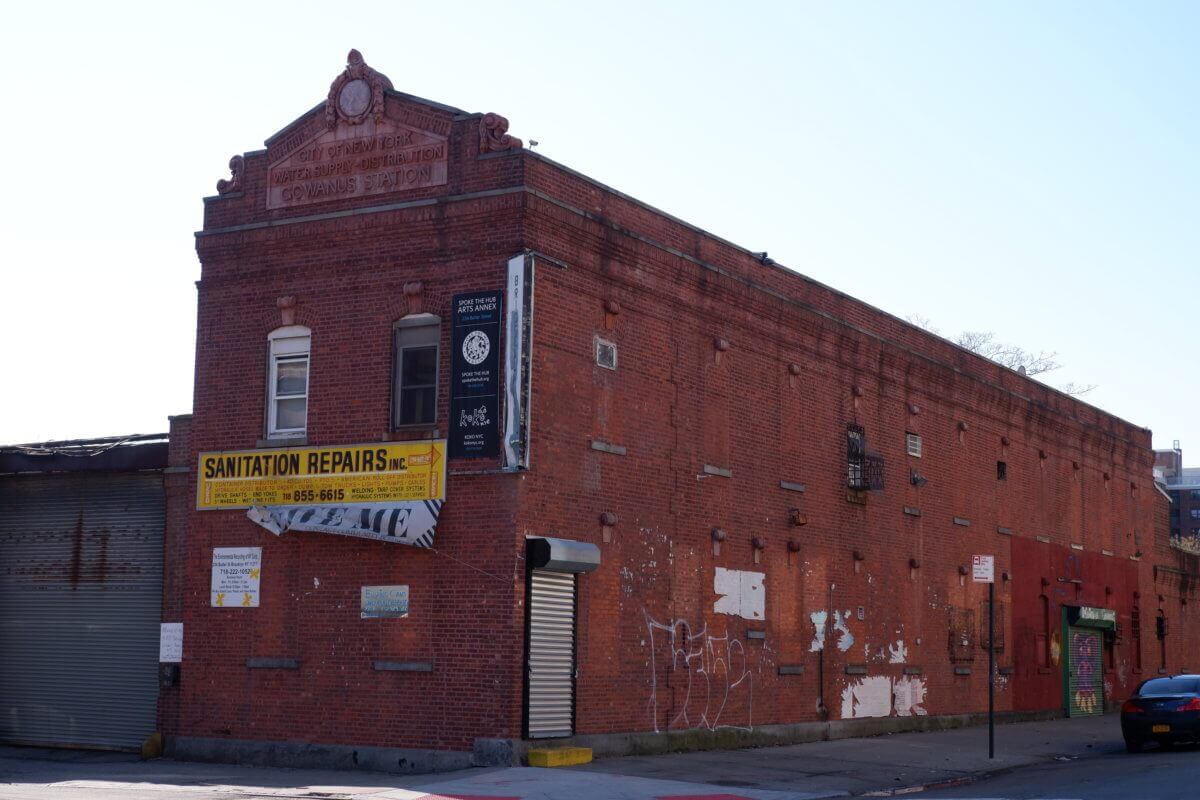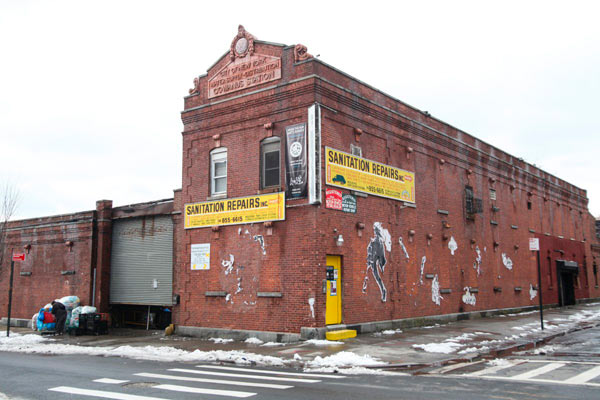The feds told the city to stop bricking around!
Federal and state officials have upheld an agreement with the city to reuse tens of thousands of original bricks to restore the facade of the historic Gowanus Station site when construction crews tear down the building for a new water-filtration facility, according to an April 21 letter.
In early March, the parties butted heads about the plans for the 234 Butler St. building — as city officials had wanted to trash the original bricks, and instead use faux-aged materials to recreate the 106-year-old building’s exterior, in an effort to save time and money on construction of the new facility.
Both federal and state authorities, however, demanded that builders preserve the original bricks, and painstakingly reassemble them for use on some exterior walls of the planned site.
The federal Environmental Protection Agency, which oversees the project, stepped in on April 21 to formally reject the city’s cost-cutting scheme — saying they should have enough of the old cinder blocks to salvage and reuse them for a corner facade of the building, along with the ornate terracotta pediment at Nevins Street.
“After careful consideration of the information and comments received, it is EPA’s determination that [New York City Department of Environmental Protection] should comply […] by dismantling the 234 Butler Street building and restoring the facade utilizing the salvaged brick as a veneer on the head house walls,” EPA Regional Administrator Peter Lopez wrote in a letter to DEP Commissioner Vincent Sapienza.
The new building, which will likely take about nine years to construct, will house the larger of two massive tanks designed to prevent sewage from flooding into the noxious canal.

Preservationists originally wanted the city to maintain the entire century-old building — but they’re pleased the EPA has moved to save at least a part of it.
“I think it was a win for the community,” said local blogger Katia Kelly. “It’s better than nothing. It’s not what I would have wanted, which is for them to have saved the entire building.”
The station house is a remnant of the neighborhood’s industrial past and is the only building to have the word “Gowanus” on it, according to Kelly.
The DEP commissioned a consultants report in December, which argued that removing the 32,000 blocks required for the project, storing them for nine years during construction, and painstakingly reassembling them could cost taxpayers as much $1.4 million and result in months-long delays.
The report also claimed that about half the bricks had suffered too much water damage to survive the process, and instead recommended just tossing the old blocks in favor of bricks with an “aged appearance.”
Kelly and fellow preservationists from the Gowanus Canal Community Advisory Group slammed the city for being lazy in a March 4 letter, contending that they could just use other blocks from the building’s interior and from the adjacent wall that continues along Nevins Street — an idea EPA and the State Historic Preservation Office support.
“It was very nice to see that [Lopez] mentioned our letter and relied on the people in the neighborhood who know the place,” Kelly said.
A spokesman for DEP did not return a request for comment.























